#great wave
Explore tagged Tumblr posts
Text
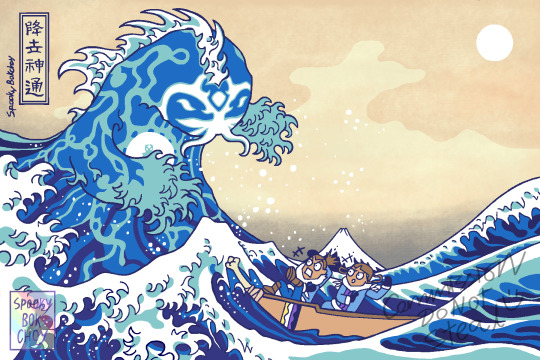
Avatar- The great wave off the Northern Water Tribe Commission, Parody of Hokusai's great wave off Kanagawa
#avatar#avatar fanart#avatar the last airbender#atla#sokka#katara#atla book 1#tui and la#koizilla#digital art#great wave#my art#mt fuji#kanagawa#aang#commission
8K notes
·
View notes
Text

Bavarian State Library Munich
#photography#tumblr photographer#tumblr photo blog#architecture#public libraries#library#dark academia#light academia#japan#great wave#art#artists on tumblr
576 notes
·
View notes
Text


Cloud Ladder to the Moon watercolour & mixed media on paper
Excited to share that I’ve been part of 3dtotal's latest book project: Hokusai: An Artist’s Tribute! Fourteen artists (including me!) were invited to reimagine masterpieces of Katsushika Hokusai. You might not recognize his name, but you definitely know his iconic work, The Great Wave Off Kanagawa (yes, THAT wave painting).
We each documented a 15-step process showcasing how we created our pieces from start to finish. Each of us shared insights into our inspiration and artistic choices throughout the process. In my chapter, you’ll see how I recreated Hokusai’s original ink drawing, ‘Daoist Master Zhou Sheng Ascends a Cloud-Ladder to the Moon' to this very painting here
More info about the book & prints here: https://bit.ly/40jLdWL
#brbchasingdreams
prints | tutorials
#brbchasingdreams#art#illustration#hokusai#manga#anime#great wave#japanese art#woodblock print#asian art#watercolor#drawing#painting#artists on tumblr#traditional art#artist#sketch#edo period#japanese artist#art style#my art#original art#art process
710 notes
·
View notes
Text

s4 amalia redesign. as a treat
#coming on here for my annual post before i vanish again#ouhhhh i love her dearly#MY DAUGHTER. SAVE HER FROM TOT’S FILTHY CLUTCHES#she’s so pretty the great wave manga doesn’t do her royal outfit justice#hold up girl i’m tryna spell gongeous#non tristeva art jumpscare#wakfu#amalia wakfu#amalia sheran sharm#redesign#wakfu season 4#great wave#art#artists on tumblr#digital art#genq get SO MAD when yumalia haters say yugo’s too good for her#SHES TOO GOOD FOR HIM GET OUT#he cannot handle allat idc
451 notes
·
View notes
Text


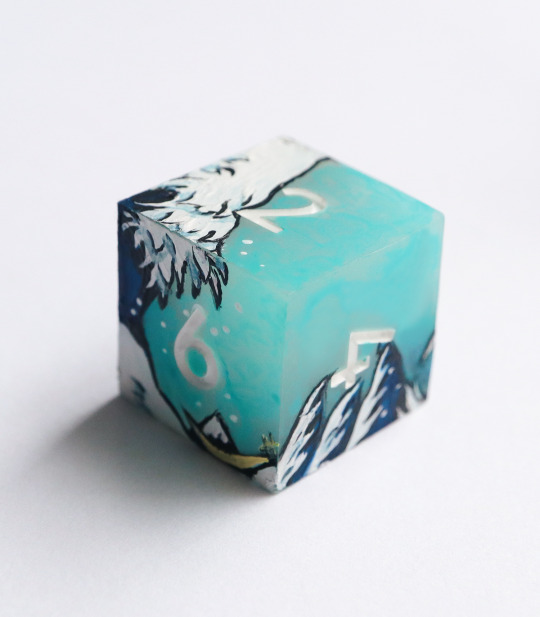

𝔊𝔯𝔢𝔞𝔱 𝔚𝔞𝔳𝔢 🌊 A hand-painted design of a timeless classic | webstore link
364 notes
·
View notes
Text



The great waves of coffee, orange, and beer by Elan Harris
267 notes
·
View notes
Text
Hokusai. La gran ola
745 notes
·
View notes
Text

Great wave
#sylvia strijk#my art#artists on tumblr#illustration#fantasy art#digital art#digital painting#mermaid#merfolk#mermay#mermay 2024#art challenge#Great wave#fairy tale#water nymph#water element
273 notes
·
View notes
Text



Great wave
127 notes
·
View notes
Text


studies of hokusai (at the legion of honor)
35 notes
·
View notes
Text

TOLKIEN'S RECURRING DREAM: THE GREAT WAVE
From his childhood, Tolkien experienced a recurring dream: a Great Wave, towering, leaping inexorably over the trees and green fields. The terrifying thing, even when "half awake", was the feeling that it was more of a relived memory than a bad dream. Tolkien felt that there was something of his personal experience in the event. This dream would recur for many years (in a letter to a reader, he confessed that he stopped having it after writing "The Fall of Númenor"). Tolkien himself later referred to it as "my Atlantis complex".
Years later, while writing The Lord of the Rings, he assigned this dream to Faramir, a character he always defined as "the one who most resembles me" among those he invented:
"This reminds me of Númenor," said Faramir, and he was amazed to hear himself speak. "Númenor?" repeated Eowyn. "Yes," said Faramir, "the land of Westernesse that sank into the abyss, and the great dark wave that swept over all the green meadows and hills, and that swept forward like a darkness that never ceased. I often dream of it."
~The Return of the King. The Steward and the King.
Tolkien never wanted to discuss this “terribly revealing dream,” especially not with his children. As a result, Tolkien did not learn until years later that, remarkably, his son Michael had experienced the same recurring dream of the Great Wave in early childhood:
"I say this about the 'heart' because I have what some might call an Atlantis complex. Possibly inherited, though my parents died too young for me to know such things about them, and too young for them to have passed them on to me orally. Inherited from me (I assume) by only one of my children, though I didn't know about it until recently, and he didn't know I had it. I mean the terrible recurring dream (which begins with memory) of the Great Wave, towering like a tower, advancing ineluctably over the trees and green fields. (I have bequeathed it to Faramir.) I do not think I have had it since I wrote the "Fall of Númenor," the last of the legends of the First and Second Ages"
~The Letters of J. R. R. Tolkien, Letter 163.
#Tolkien#The Letters of J.R.R. Tolkien#Letters#words and writing#reading and writing#words#dreams#great wave#Faramir#Fall of Númenor#The Lord of the Rings
39 notes
·
View notes
Text


Started the new year off with a museum trip to see some Hokusai works. I somehow forget how much I love speed sketching. ✨💛✨
38 notes
·
View notes
Text
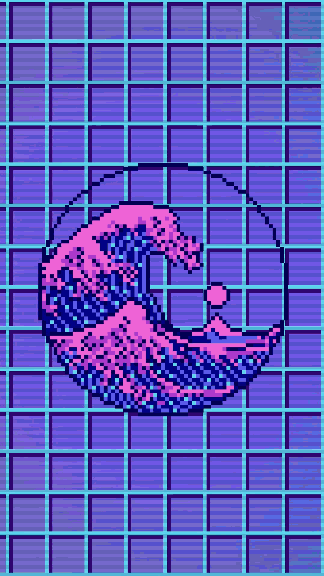
🌊Great (Vapor)wave 🌊😎
#pixel art#pixel#pixel artist#pixel animation#artists on tumblr#great wave#vaporwave#retrowave#synthwave#aesthetic#vibe#ドット絵#tacoroachart
204 notes
·
View notes
Text
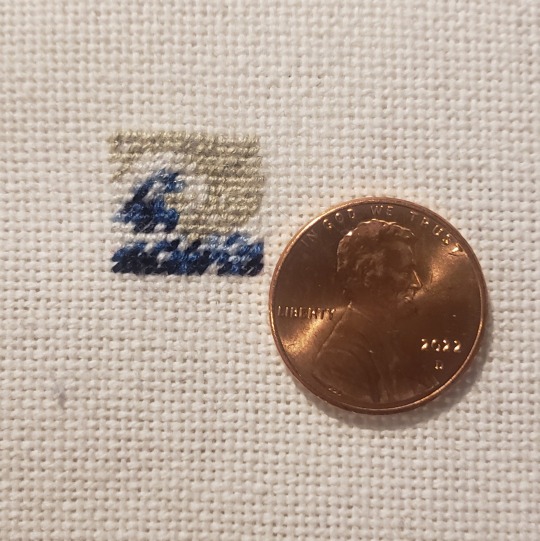
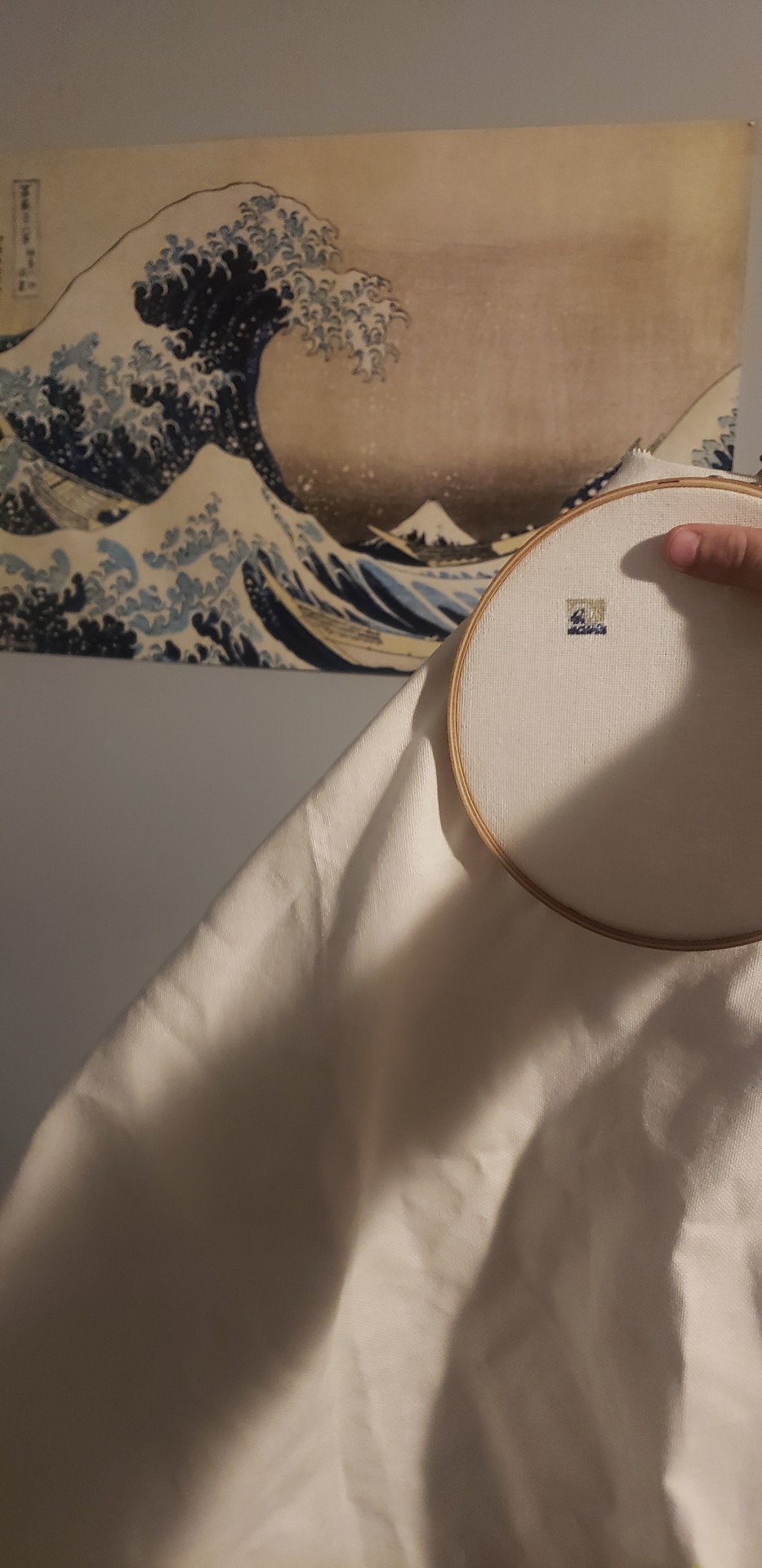

The Littlest Wave off Kanagawa
#the great wave#great wave#the great wave off kanagawa#cross stitch#xstitch#embroidery#miniature#mini#penny and the poster on my wall for scale#fettucciniposts
385 notes
·
View notes
Text
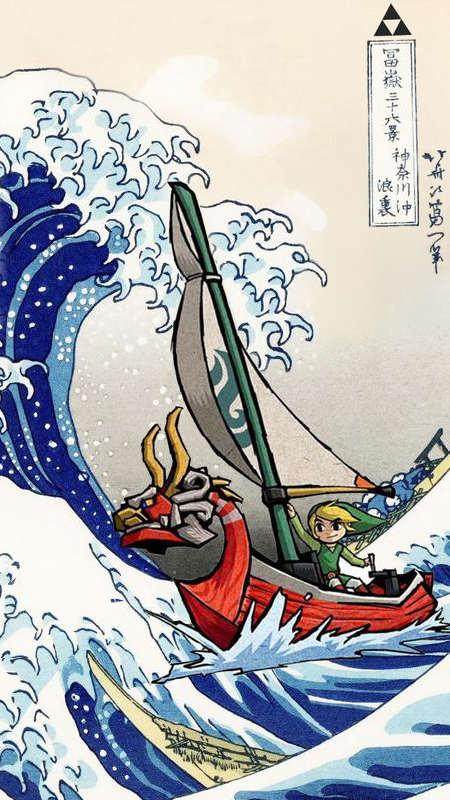
#the legend of Zelda#legend of Zelda#king of red lions#link#wind waker#the wind waker#zelda fanart#great wave#the great wave#katsushika hokusai
51 notes
·
View notes
Text

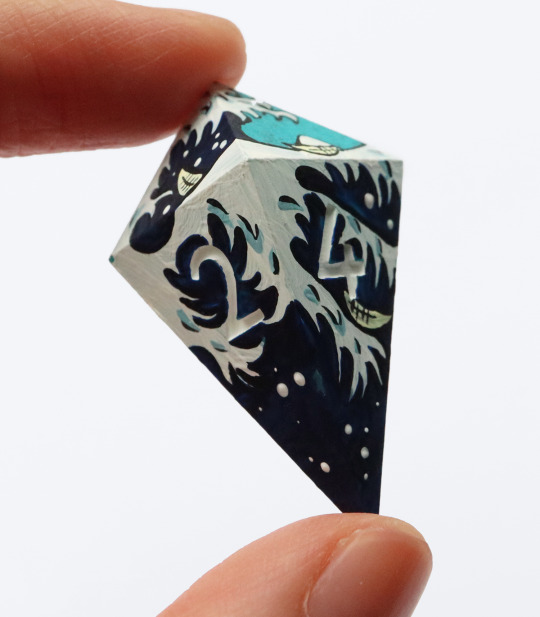
𝔾𝕣𝕖𝕒𝕥 𝕎𝕒𝕧𝕖 🌊 Crystal D4s
#crystal d4#handpainted dice#painted dice#hokusai#The Great Wave#Great Wave#blue dice#artists on tumblr
54 notes
·
View notes